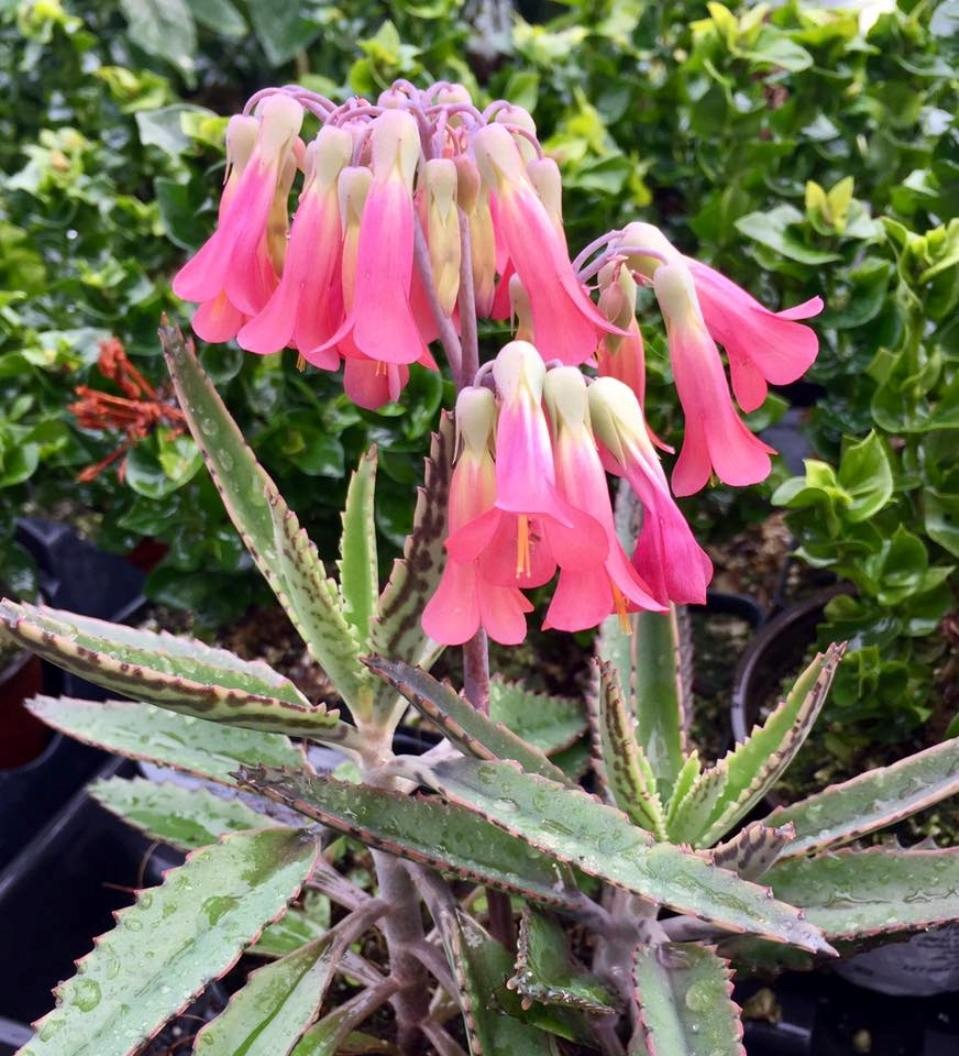

Let your new cutting dry for a few days, 24 hours at minimum, in order to form a callus on the cut end. Since only one leaf is necessary for propagation, you may take several cuttings from the same individual. With a clean pair of scissors, cut away a 4 to 6 inch portion of the stem being sure there is at least one leaf growing from that portion. Look for the healthiest, strongest-looking stem that is at least 5 inches long- choosing the right stem will give it a better chance at rooting because of the stored energy within it. While it is possible to propagate the seeds your individual produces, it is much easier and time-efficient to propagate with stem cuttings. tithymaloides is extremely simple in comparison with other common houseplants making it an even better choice for beginners. Just be sure to provide the zig zag plant with nutritious soil, a well-draining pot, and bright indirect sunlight. While they are much more likely to bloom outdoors, this species is specifically known for the beauty of its leaves and will better thrive if kept indoors. tithymaloides indoors, within the safety of your home.

Summer blooming Toxic sap Alternating leaves Colorful bracts Easy to care for Rich, well-draining soil Soil pH between 6.1 and 7.8 (slightly acidic) Tropical and subtropical regions of North America Central America Mexico (zones 9-10) Plant Facts Scientific nameĮuphorbia tithymaloides Pedilanthus tithymaloidesĭevil’s Backbone Jacob’s Ladder Red Bird flower Rick Rack plant Zigzag plant, devil’s spine So without further ado, here’s everything you need to know in order to grow and care for E. They are very easy to care for, look beautiful, and will not die of thirst if you must leave town for a few days. While the sap produced within this plant is toxic upon ingestion and touch, it is a great plant to keep within your home as long as you are safe. It produces blooms often described as beak- or slipper-shaped. Its leaves are variegated with yellow and cream streaks. This plant received the nickname “Devil’s Backbone” and many others thanks to its alternating leaf pattern which can resemble a spine. Today, however, the plant is endangered in many parts of Central America. The Devil’s Backbone plant is a tropical succulent native to the tropical and subtropical regions of North and Central America, including Mexico. This plant is drought-resistant, can withstand an array of temperatures and humidities, and is extremely attractive to the eye to boot! One of the most exciting and easy to care for houseplants to add to your home is the Devil’s Backbone.


 0 kommentar(er)
0 kommentar(er)
